Charleston Market Shows Improvement with Fruit of the Loom Distribution Center Doubling in Size
The industrial market in South Carolina’s Charleston region is showing positive signs of growth and a plan by Fruit of the Loom to expand its Summerville, S.C., distribution center is one big example of the trend.
By Gail Kalinoski, Contributing Editor
The industrial market in South Carolina’s Charleston region is showing positive signs of growth and a plan by Fruit of the Loom to expand its Summerville, S.C., distribution center is one big example of the trend.
The underwear manufacturer is more than doubling the size of its 350,000-square-foot warehouse by adding 402,000 square feet to the building and increasing parking for tractor trailers. Construction on the expansion is expected to start in September and be completed by August, 2015. The expansion should add nearly 50 new jobs to the Berkeley County site, according to a company press release.
The building at 1116 Business Park Road off Interstate 26 in the Jedburg submarket will remain a landfill-free operation and is expected to be LEED certified. Fruit of the Loom is an independent, wholly owned subsidiary of Berkshire Hathaway¸ Inc. The company has been in the building, located on about 50 acres, since 2005, according to The Post and Courier. The newspaper noted that it is one of the largest distribution centers in the Charleston region.
“As our e-commerce and intimates businesses continue to grow, we are committed to strategically developing state-of-the-art systems and facilities to better service our customers. The location of the current Summerville facility coupled with our dedicated workforce there make it the ideal place to grow,” Rick Medlin, Fruit of the Loom president & CEO, said in a news release.
“South Carolina’s logistics capabilities and market reach make our state ideal for distribution. It’s great to see a household brand name like Fruit of the Loom establish a presence and continue to expand here,” Secretary of Commerce Bobby Hitt said in the release.
Documents filed with the U.S. Army Corps of Engineers in South Carolina and South Carolina Department of Health and Environmental Control, which must approve filling in wetlands before construction begins, indicates Fruit of the Loom may have been anticipating an addition. The building is described as having “knock-out walls and other structural features to accommodate anticipated future expansion.”
Industrial market expert Hagood Morrison, senior vice president and principal in the Charleston office of Colliers International, said it wasn’t surprising that Fruit of the Loom was expanding in Summerville, which is about 23 miles from the port terminal. Morrison said Southeast seaports have been deepening their harbors in preparation for the widening in late 2015 of the Panama Canal. He said the port in Charleston is at 48 feet deep now and will eventually be deepened to 52 feet to accommodate bigger ships.
“It’s a good win for us,” Morrison told Commercial Property Executive. “It further substantiates what we call the Jedburg industrial submarket as very viable.”
Morrison said the Charleston region is seeing improvement in industrial market fundamentals. He noted that absorption levels for this year should be about 1.5 million square feet – the highest it’s been in five years.
A first quarter 2014 report from Morrison’s office stated that the total vacancy rate for the Charleston region had declined to 8 percent from 8.4 percent in the fourth quarter of 2013.
“This is the fifth consecutive year that the vacancy rate has declined in the region dropping from 13.04 percent in 2009 to 8.4 percent in 2013,” the market report stated.
The report noted that industrial tenants requiring more than 100,000 square feet are finding it difficult to lease warehouse space.
“Hopefully that will spur spec building,” Morrison said, adding that three speculative industrial projects are underway in the region now.
He said most of the speculative construction has been in much larger markets.
“Now it seems to be working its way down into the secondary and tertiary markets,” Morrison told CPE. “That’s a good healthy sign.

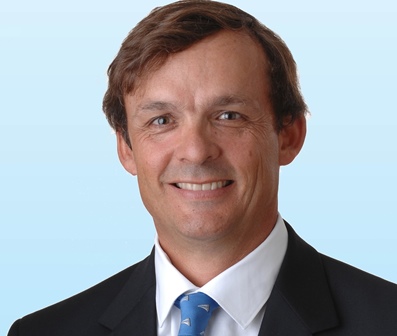
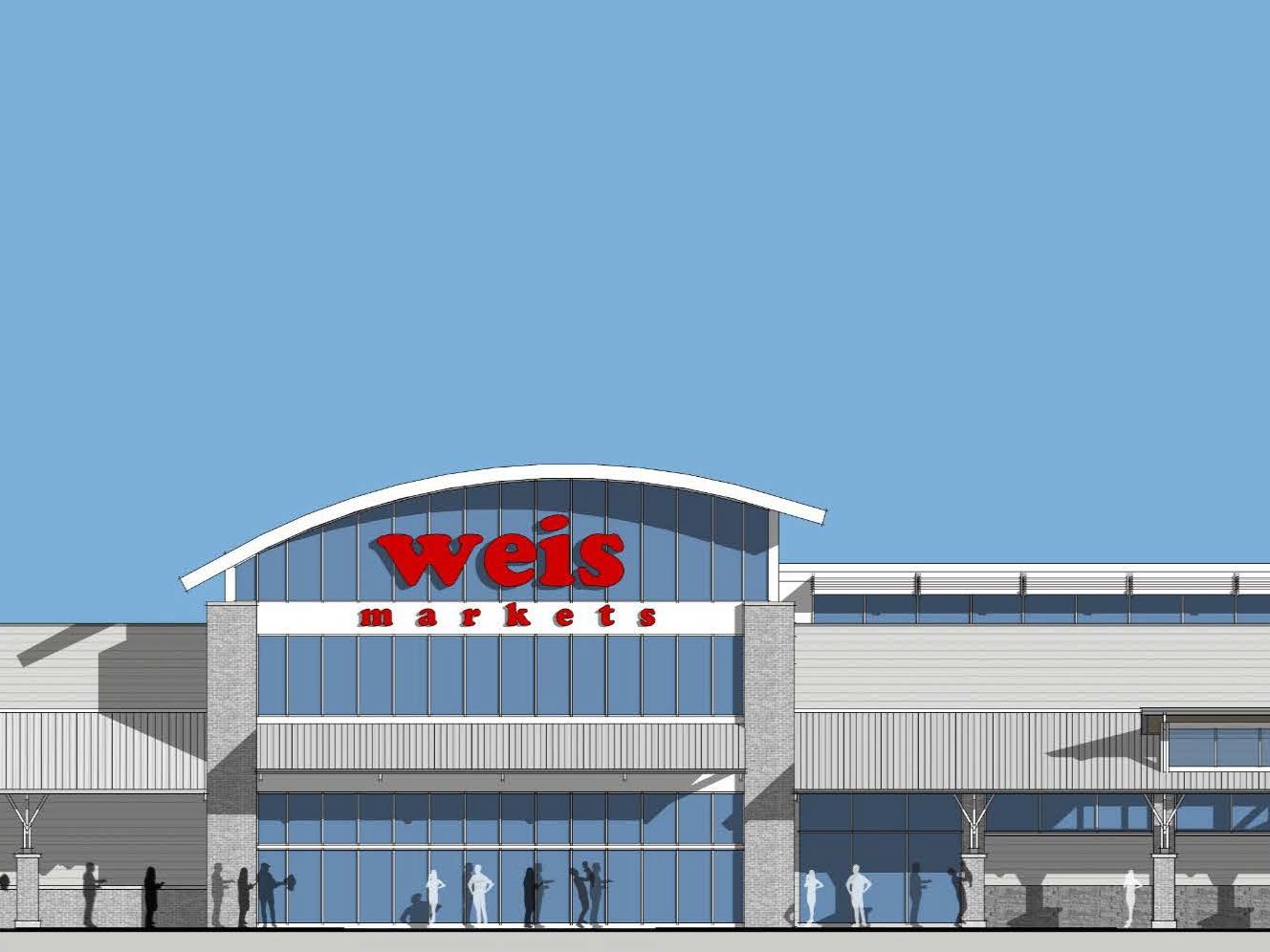

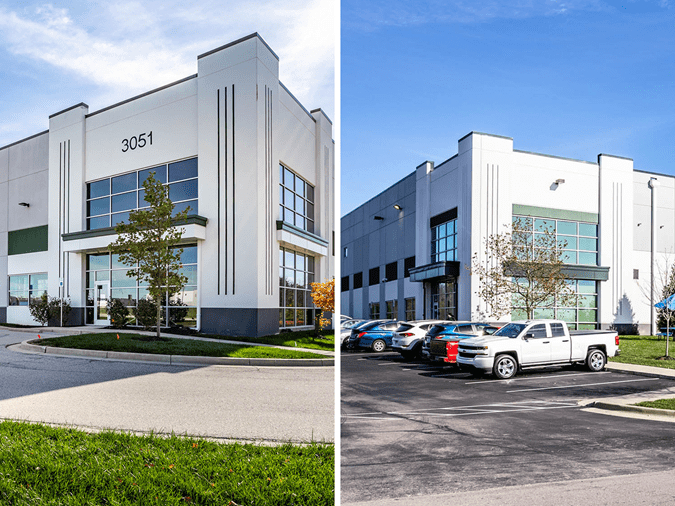

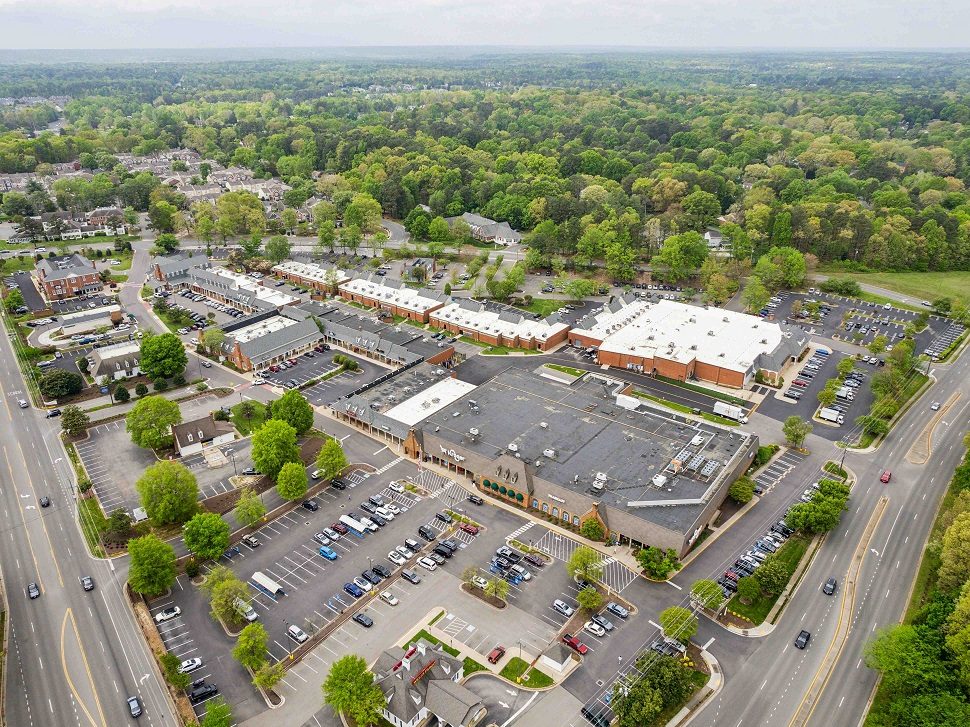
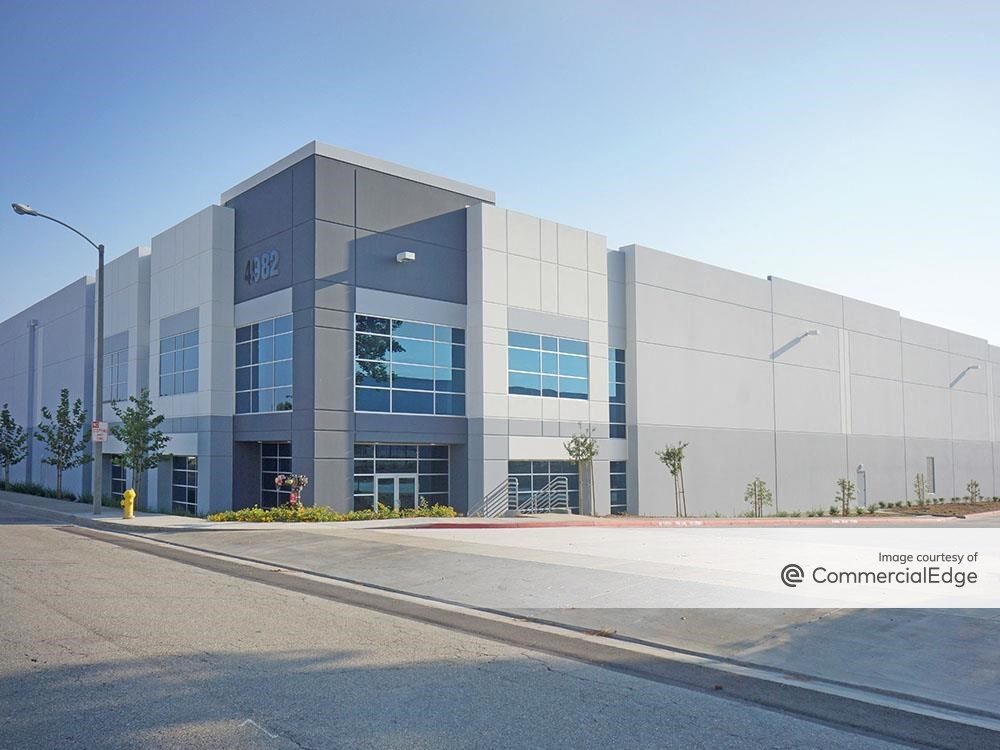
You must be logged in to post a comment.